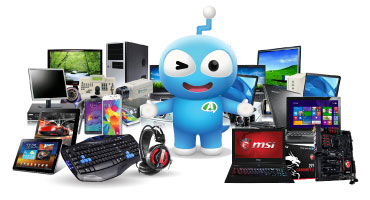
What is computer-assisted instruction?
"Computer-assisted instruction" (CAI) refers to instruction or remediation presented on a computer. Many educational computer programs are available online and from computer stores and textbook companies. They enhance teacher instruction in several ways.Computer programs are interactive and can illustrate a concept through attractive animation, sound, and demonstration. They allow students to progress at their own pace and work individually or problem solve in a group. Computers provide immediate feedback, letting students know whether their answer is correct. If the answer is not correct, the program shows students how to correctly answer the question. Computers offer a different type of activity and a change of pace from teacher-led or group instruction.
Computer-assisted instruction improves instruction for students with disabilities because students receive immediate feedback and do not continue to practice the wrong skills. Computers capture the students' attention because the programs are interactive and engage the students' spirit of competitiveness to increase their scores. Also, computer-assisted instruction moves at the students' pace and usually does not move ahead until they have mastered the skill. Programs provide differentiated lessons to challenge students who are at risk, average, or gifted
How is CAI implemented?
Teachers should review the computer program or the online activity or game to understand the context of the lessons and determine which ones fit the needs of their students and how they may enhance instruction.
- Can this program supplement the lesson, give basic skills practice, or be used as an educational reward for students?
- Is the material presented so that students will remain interested yet not lose valuable instruction time trying to figure out how to operate the program? Does the program waste time with too much animation?
- Is the program at the correct level for the class or the individual student?
Reading programs are beneficial to reading instruction because they allow students to learn at their own pace; teach phonics with sound, student interaction, and immediate feedback; and allow students to read animated books. Some programs read stories that students write on the computer. Students may be scheduled for instructional or remedial time with the computer. The computer program may also be a station in a classroom learning center or used as a reward for positive behavior or work completion.













